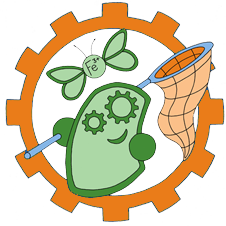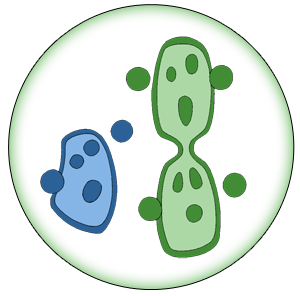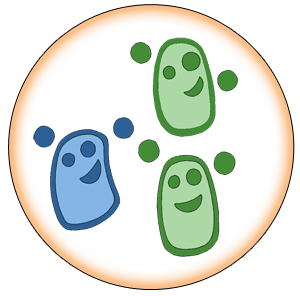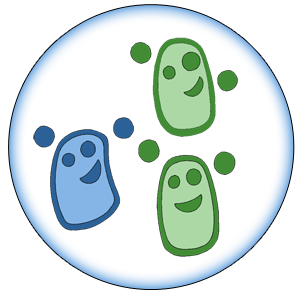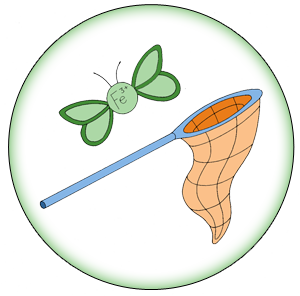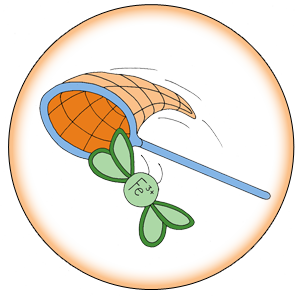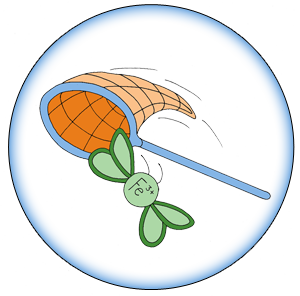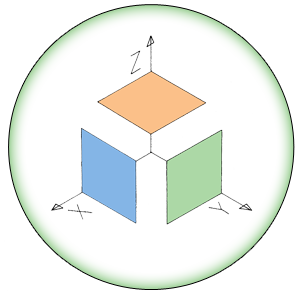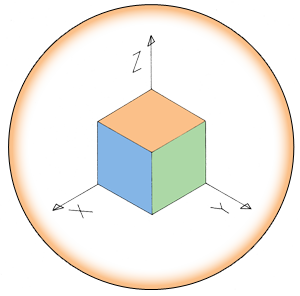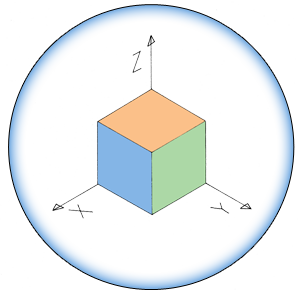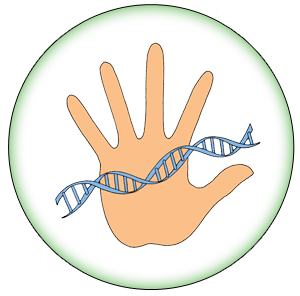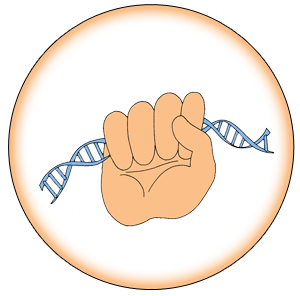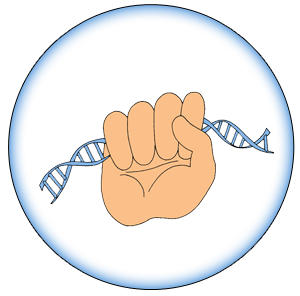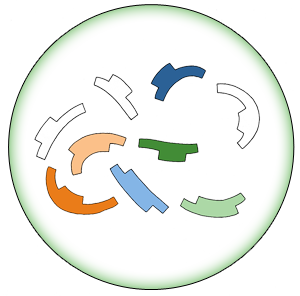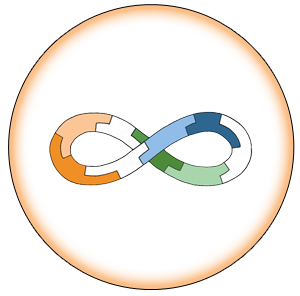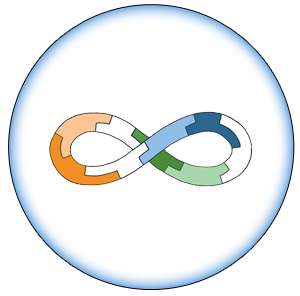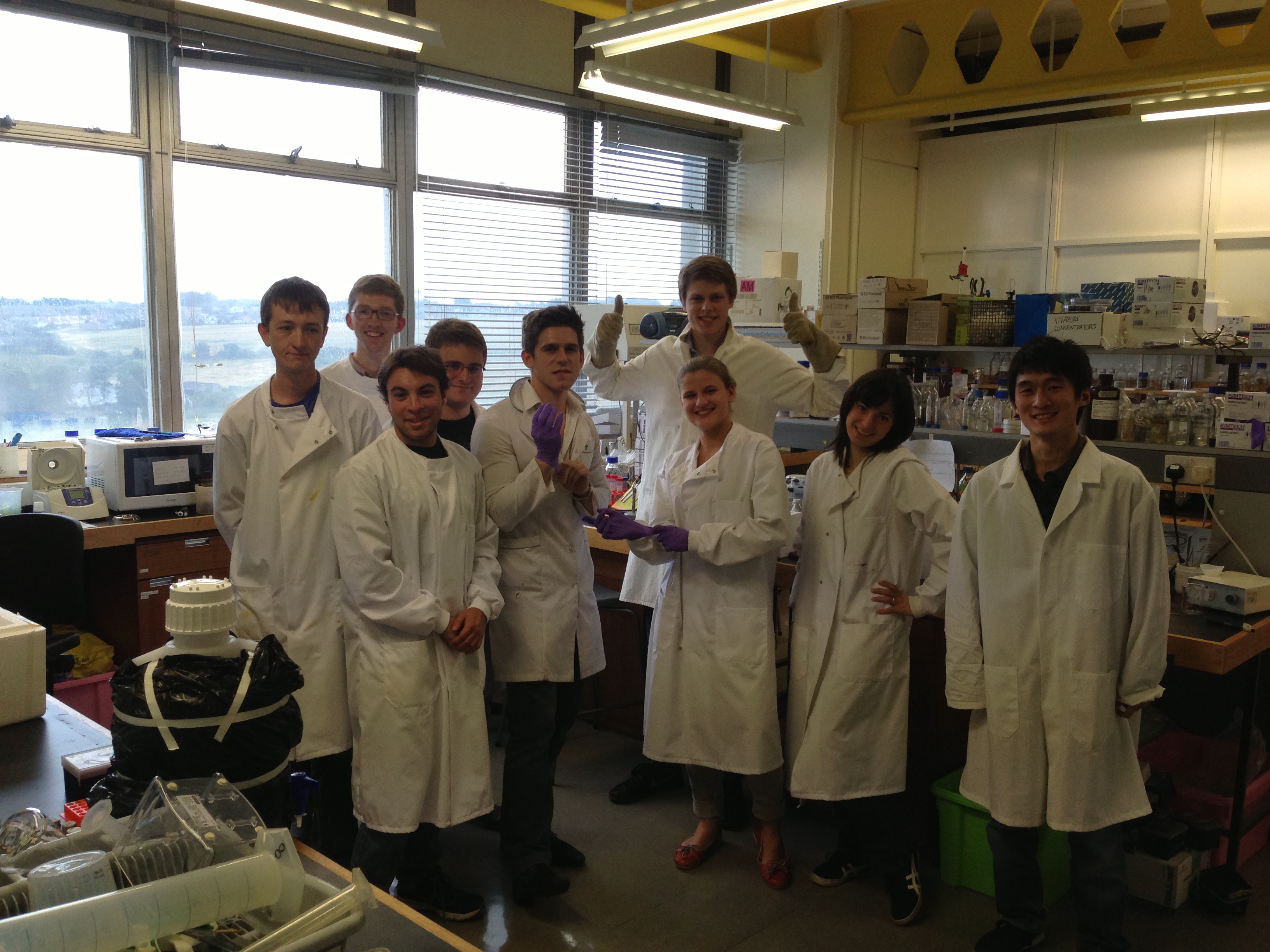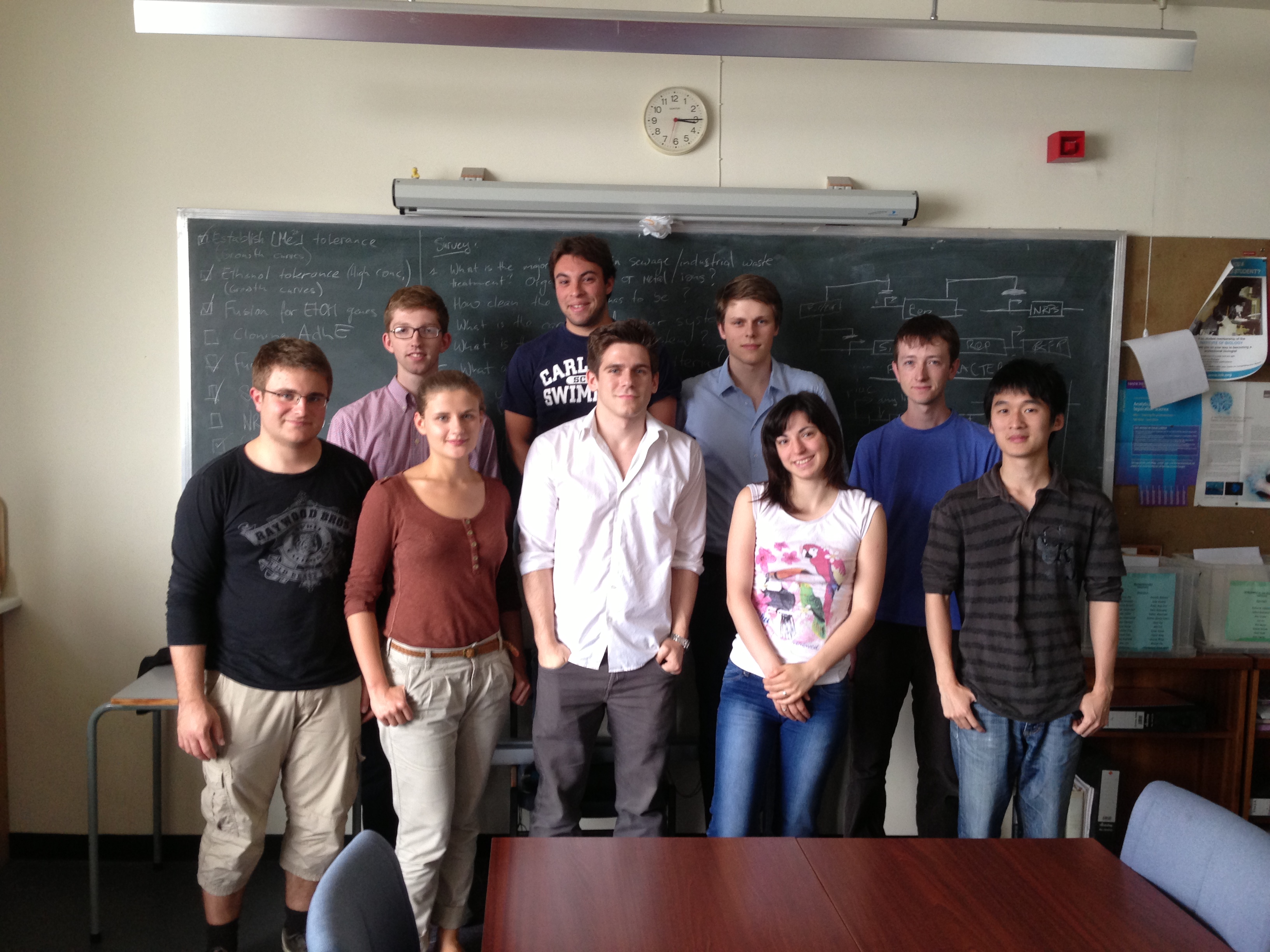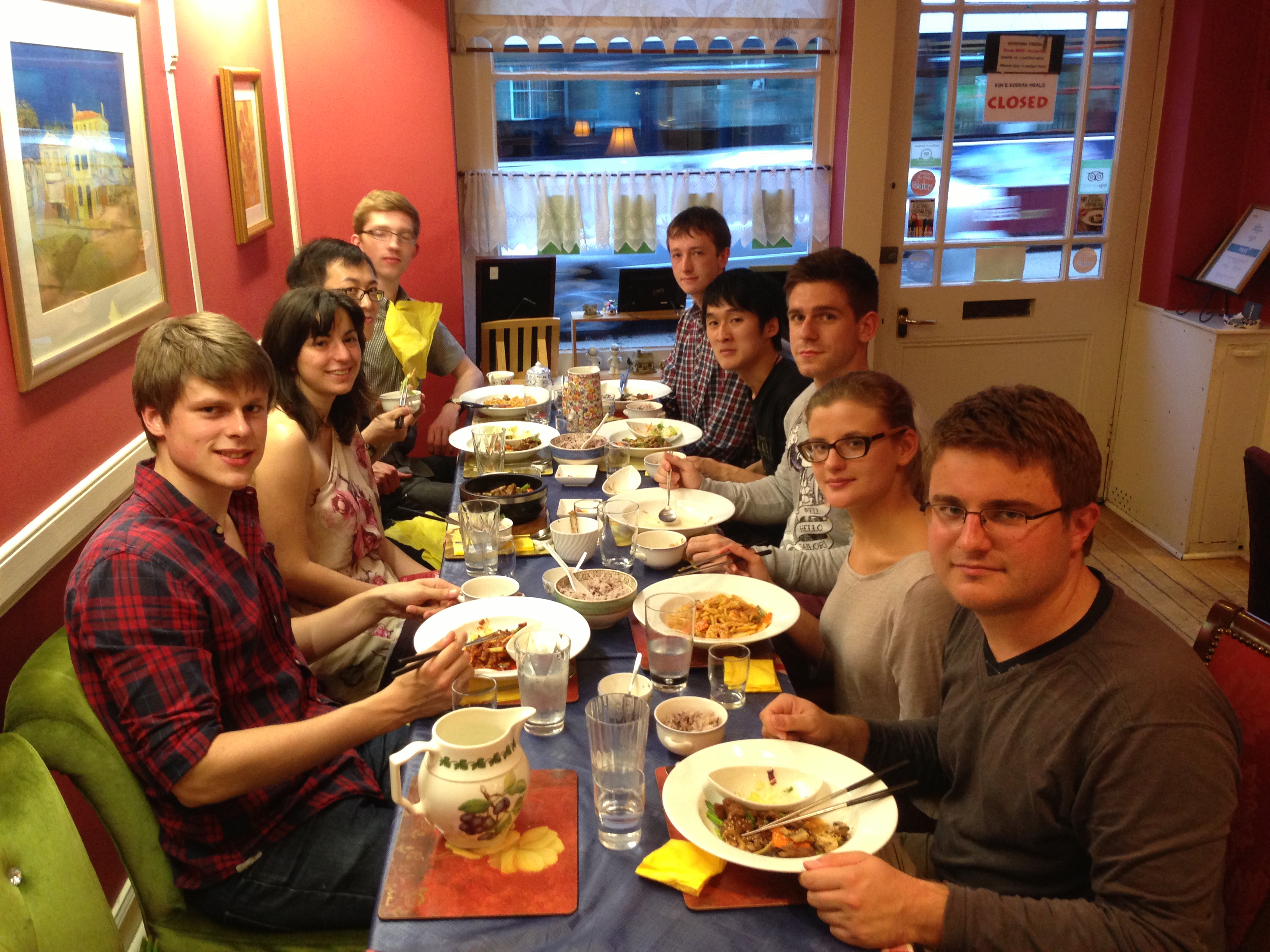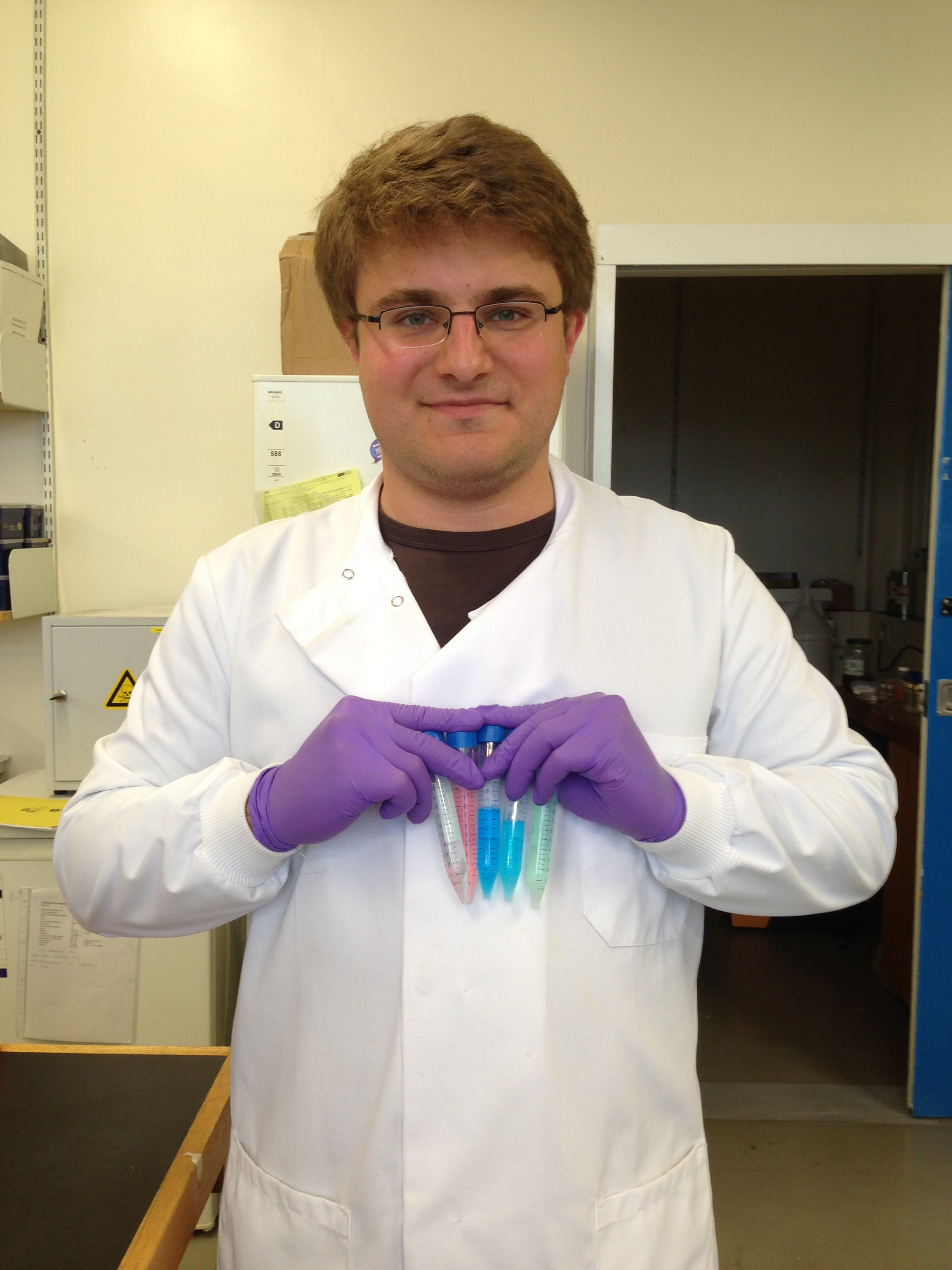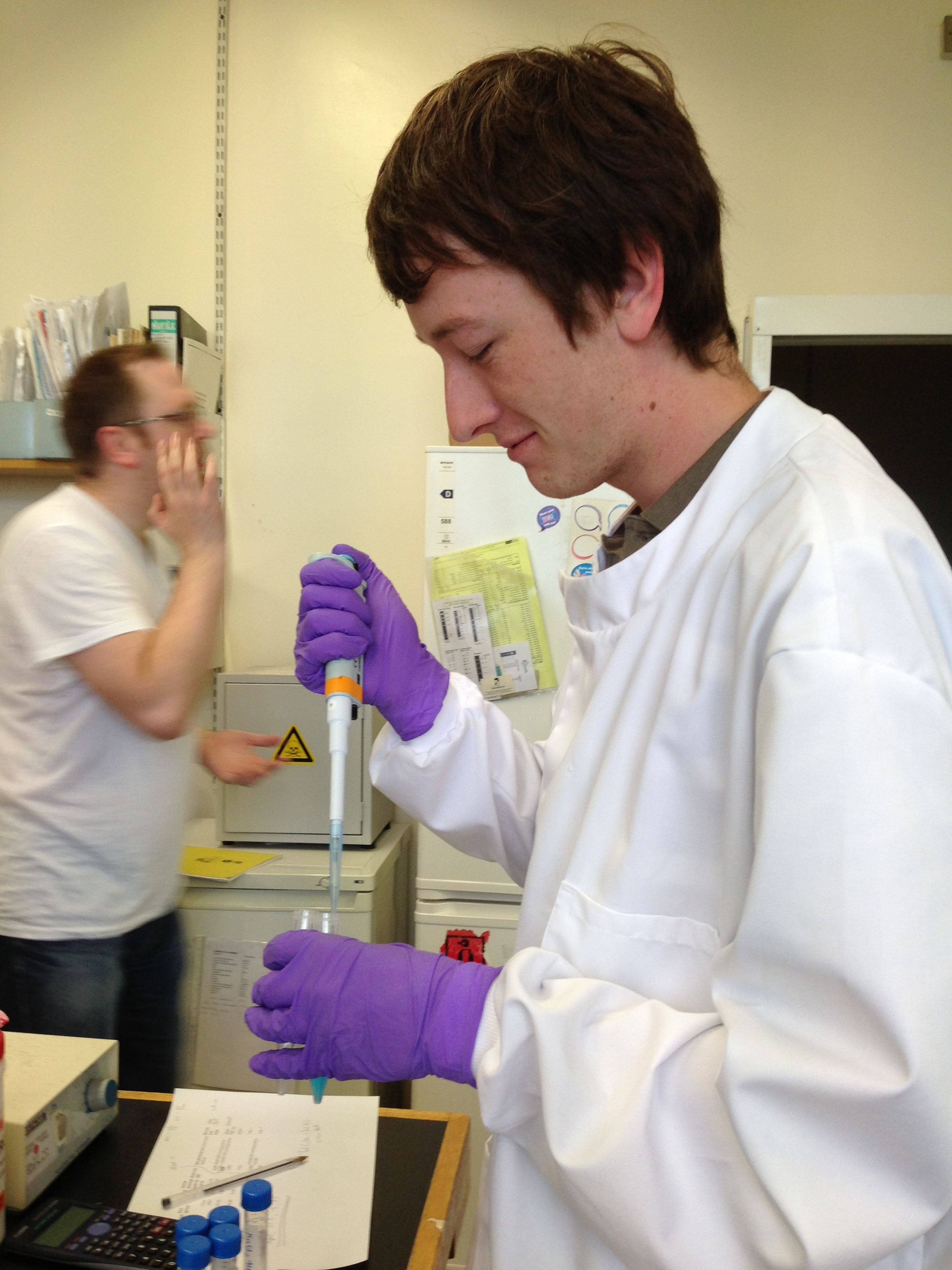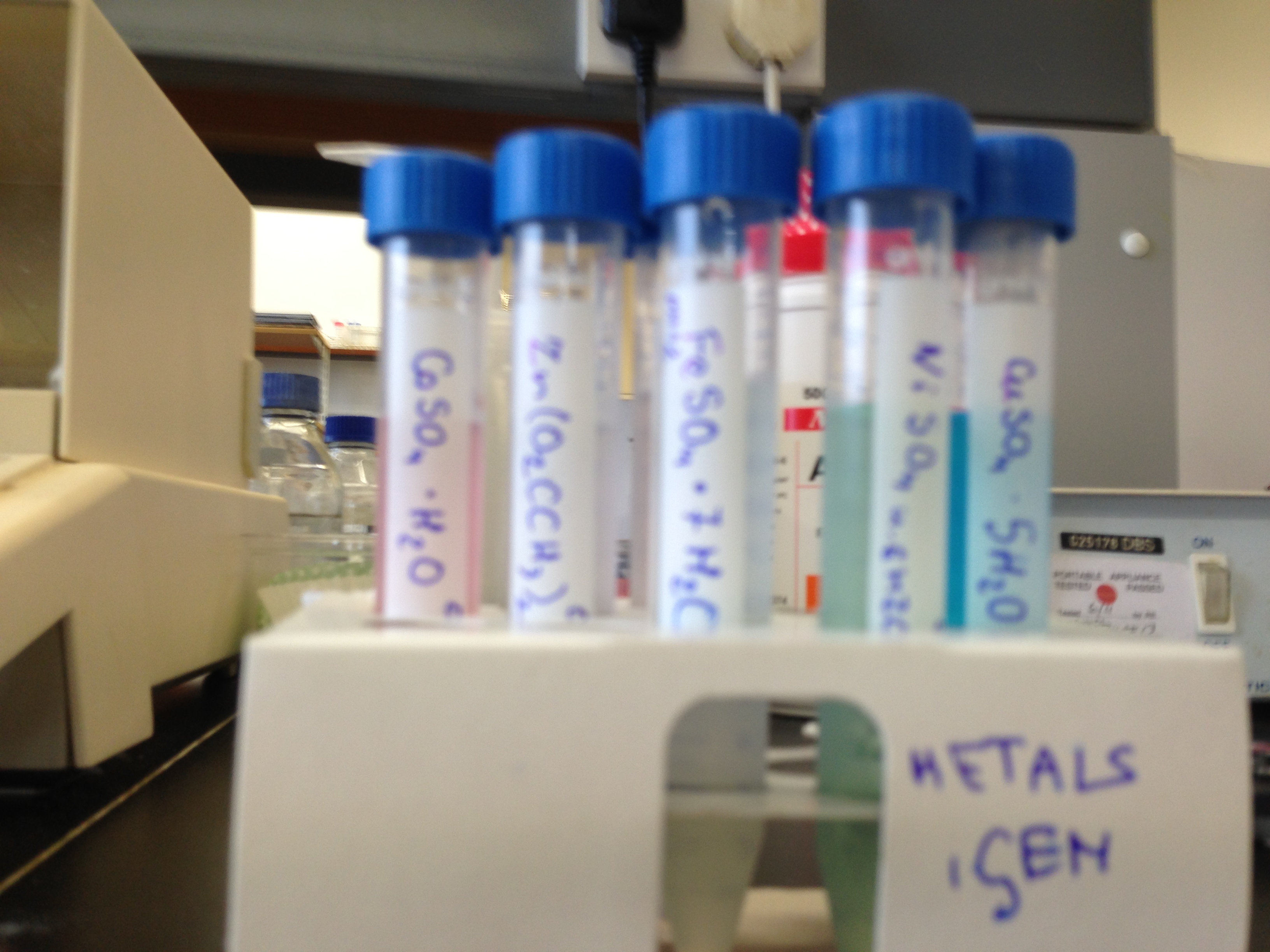Team:Edinburgh/Introduction
From 2013.igem.org
Krothschild (Talk | contribs) |
|||
| (17 intermediate revisions not shown) | |||
| Line 4: | Line 4: | ||
<div class='content'> | <div class='content'> | ||
| - | + | <h3> Project overview </h3> | |
| - | We have decided to use <i>Bacillus subtilis</i> as our chassis | + | '''Our aim was to create a self-contained system for bioremediation and valorisation of toxic waste waters produced by key [[Team:Edinburgh/Human Practices/Industries|Scottish industries]]. We have identified two major components of the industrial waste streams, which are believed to have the most detrimental effects on the environment: heavy metals and fermentable organic compounds.''' |
| + | |||
| + | [[Team:Edinburgh/Human Practices/Waste Treatment/Metal toxicity | Heavy metals]] can be dangerous to both health and the environment, but, unlike other pollutants, they do not decay. They can lay dormant and have the potential for accumulation and biomagnification. This leads to a heavier exposure for some organisms, such as coastal fish and seabirds, than is present in the environment alone. Fermentable organic waste on the other hand is deleterious in a less direct way. When released into water bodies, it can lead to the occurrence of harmful algal blooms, which are of increasing concern in Scotland and worldwide through their negative effects on the biodiversity, human health and economy. | ||
| + | |||
| + | We have decided to use <i>Bacillus subtilis</i> as our chassis. The first step in our project was to [[Team:Edinburgh/Project/Results/Chassis | characterise it]] by looking at its responses to varying ethanol and heavy metal concentrations. We then went on to create a sensory system for [[Team:Edinburgh/Introduction/Metal promoters | metal detection]], followed by [[Team:Edinburgh/Introduction/Metal binding | metal binding]]. We have decided to convert the fermentable organic compounds into [[Team:Edinburgh/Introduction/Bioethanol | bioethanol]], which can have many potential applications. As co-localisation of enzymes has been previously shown to speed up metabolic pathways (see [https://2010.igem.org/Team:Slovenia Team Slovenia 2010]), we wanted to exploit this principle to increase ethanol production in bacteria by generating[[Team:Edinburgh/Project/Results/Bioethanol Results | pET fusion protein]](Whitaker et al., 2012,Conrado et al., 2012). To achieve this we have employed and tested a new assembly method, called [[Team:Edinburgh/GenBrick | GenBrick]]. Finally, we wanted to see how our manipulations might affect cell metabolism, by combining a modular model of [[Team:Edinburgh/Modeling/Whole cell model | the whole cell]], to which different pathways can be slotted in. | ||
| + | |||
| + | <h2> References: </h2> | ||
| + | |||
| + | Conrado, R. J., WU, G. C., Boock, J. T., XU, H., Chen, S. Y., Lebar, T., Turnsek, J., Tomsic, N., Avbelj, M., Gaber, R., Koprivnjak, T., Mori, J., Glavnik, V., Vovk, I., Bencina, M., Hodnik, V., Anderluh, G., Dueber, J. E., Jerala, R. & Delisa, M. P. 2012. DNA-guided assembly of biosynthetic pathways promotes improved catalytic efficiency. Nucleic Acids Research, 40, 1879-1889. | ||
| + | |||
| + | Whitaker, W. R., Davis, S. A., Arkin, A. P. & Dueber, J. E. 2012. Engineering robust control of two-component system phosphotransfer using modular scaffolds. Proceedings of the National Academy of Sciences of the United States of America, 109, 18090-18095. | ||
</div> | </div> | ||
{{Team:Edinburgh/Footer}} | {{Team:Edinburgh/Footer}} | ||
Latest revision as of 01:03, 5 October 2013
Project overview
Our aim was to create a self-contained system for bioremediation and valorisation of toxic waste waters produced by key Scottish industries. We have identified two major components of the industrial waste streams, which are believed to have the most detrimental effects on the environment: heavy metals and fermentable organic compounds.
Heavy metals can be dangerous to both health and the environment, but, unlike other pollutants, they do not decay. They can lay dormant and have the potential for accumulation and biomagnification. This leads to a heavier exposure for some organisms, such as coastal fish and seabirds, than is present in the environment alone. Fermentable organic waste on the other hand is deleterious in a less direct way. When released into water bodies, it can lead to the occurrence of harmful algal blooms, which are of increasing concern in Scotland and worldwide through their negative effects on the biodiversity, human health and economy.
We have decided to use Bacillus subtilis as our chassis. The first step in our project was to characterise it by looking at its responses to varying ethanol and heavy metal concentrations. We then went on to create a sensory system for metal detection, followed by metal binding. We have decided to convert the fermentable organic compounds into bioethanol, which can have many potential applications. As co-localisation of enzymes has been previously shown to speed up metabolic pathways (see Team Slovenia 2010), we wanted to exploit this principle to increase ethanol production in bacteria by generating pET fusion protein(Whitaker et al., 2012,Conrado et al., 2012). To achieve this we have employed and tested a new assembly method, called GenBrick. Finally, we wanted to see how our manipulations might affect cell metabolism, by combining a modular model of the whole cell, to which different pathways can be slotted in.
References:
Conrado, R. J., WU, G. C., Boock, J. T., XU, H., Chen, S. Y., Lebar, T., Turnsek, J., Tomsic, N., Avbelj, M., Gaber, R., Koprivnjak, T., Mori, J., Glavnik, V., Vovk, I., Bencina, M., Hodnik, V., Anderluh, G., Dueber, J. E., Jerala, R. & Delisa, M. P. 2012. DNA-guided assembly of biosynthetic pathways promotes improved catalytic efficiency. Nucleic Acids Research, 40, 1879-1889.
Whitaker, W. R., Davis, S. A., Arkin, A. P. & Dueber, J. E. 2012. Engineering robust control of two-component system phosphotransfer using modular scaffolds. Proceedings of the National Academy of Sciences of the United States of America, 109, 18090-18095.

| 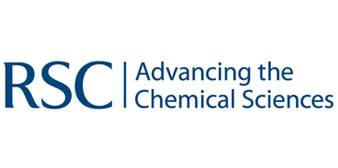
| | | | 
|
| This iGEM team has been funded by the MSD Scottish Life Sciences Fund. The opinions expressed by this iGEM team are those of the team members and do not necessarily represent those of MSD | |||||
 "
"

